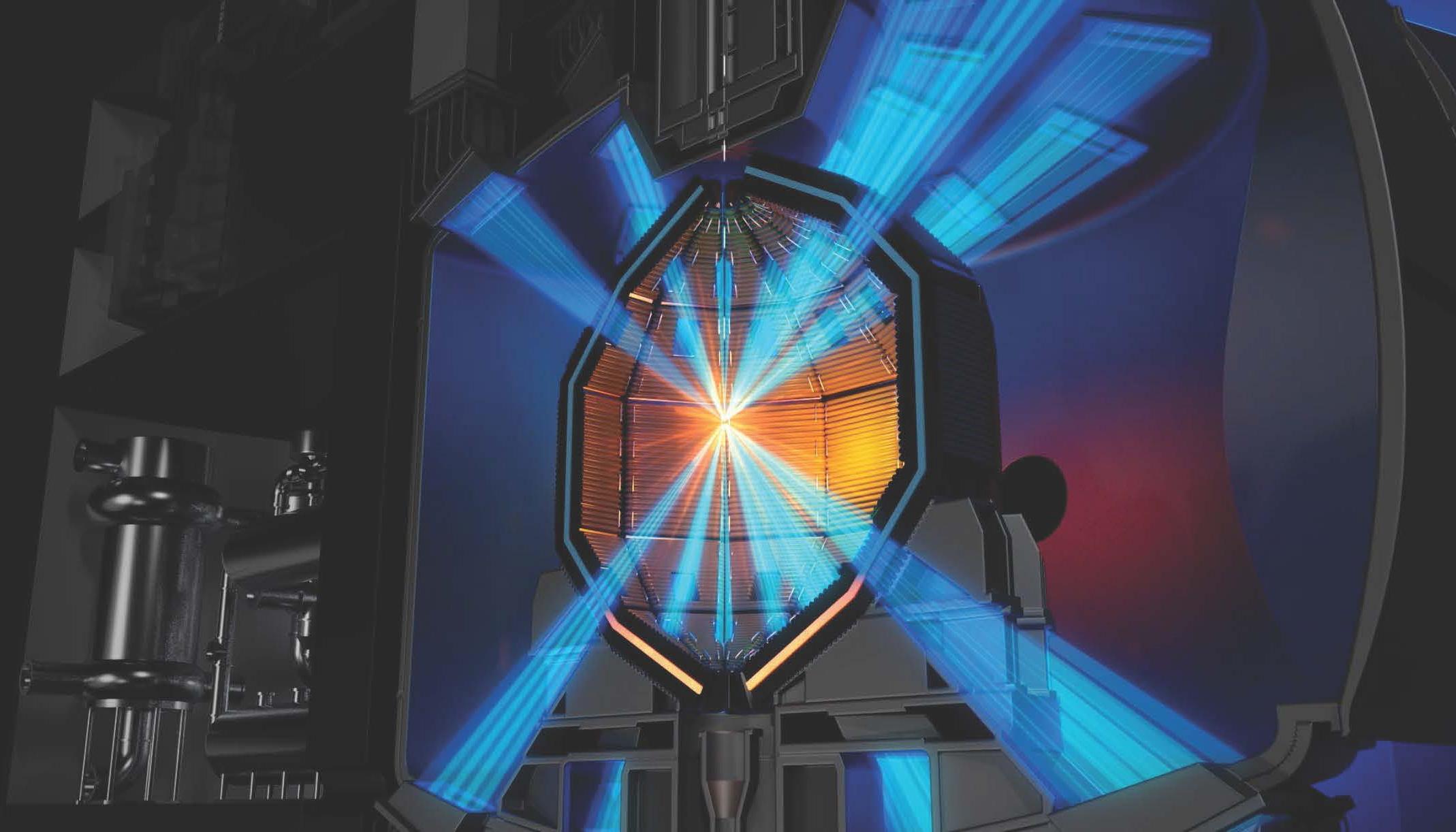Recent groundbreaking Inertial Fusion Energy (IFE) experiments that showed the first instances that fusion ignition (i.e., more energy generated via fusion reaction compared to the laser energy driven onto a fusion fuel target) can be achieved at the National Ignition Facility (NIF). Current target designs for ignition demand a deuterium-tritium (D-T) ice layer to be formed on the inner layer of the capsule - a complex process that can take multiple days. A capsule that can hold a layer of liquid fuel on its inner surface could simplify the fuel target fabrication and allow for the exploration of more complex phenomena, including higher ignition energy yield.
Additive manufacturing (AM) techniques, in particular two-photon lithography (TPL), have been proposed to fabricate such targets that would otherwise be impossible to mass manufacture using conventional means. TPL uses a laser beam to enable rapid fabrication of complex 3D structures with sub-wavelength resolved features by polymerization of photo-responsive liquid material.
LLNL researchers have developed additive manufactured fuel targets for IFE. They have been successful in using TPL to fabricate low density (down to 60 mg/cm3) and low atomic number (CHO) polymeric foams for potential targets, and some have been tested at the OMEGA Laser Facility. With TPL, LLNL researchers have also been able to fabricate a full fuel capsule with diameter of ~ 5mm or less, and a capsule with an attached foam layer inside of the solid shell.
Using a relatively simple AM process to print a low-density foam for liquid deuterium/tritium to wick into by capillary action and form a uniform fuel layer, this potentially does away with the need for the multi-day process to grow a deuterium/tritium ice layer inside an existing capsule.
High throughput system and method to fabricate fuel integral IFE targets for NIF and IFE target manufacture; scale up enables commercialization of IFE.
Current stage of technology development:
TRL ☐ 0-2 ☒ 3-5 ☐ 5-9
LLNL has filed for patent protection on this invention.


